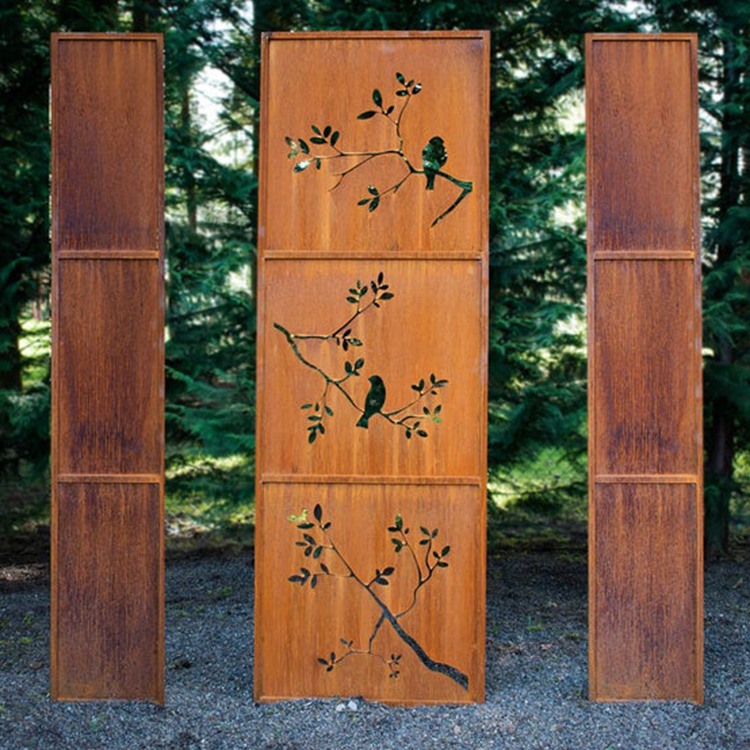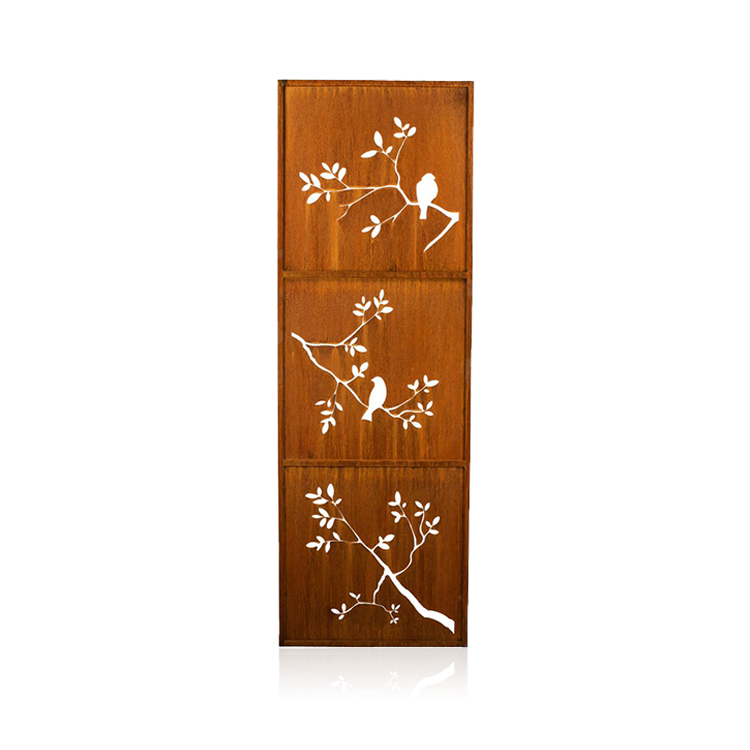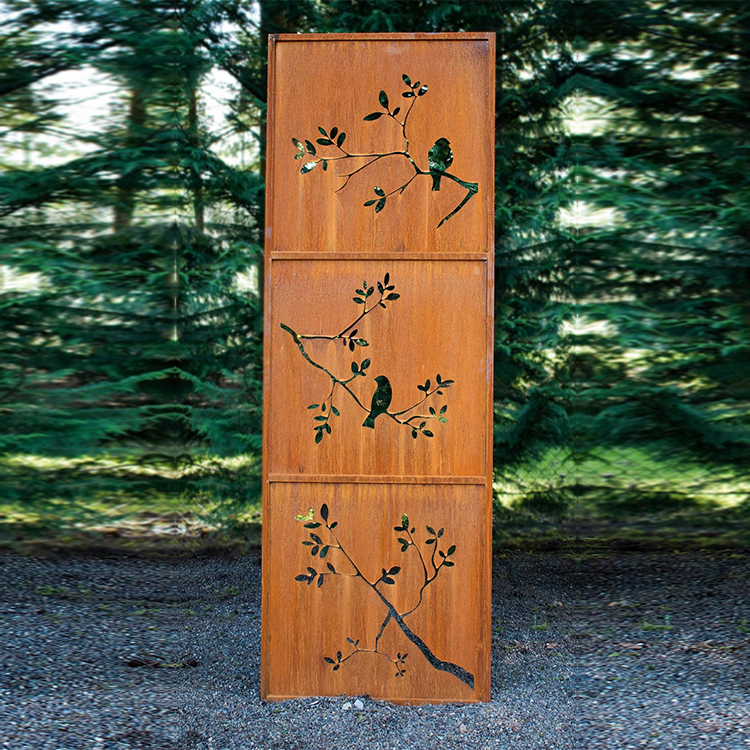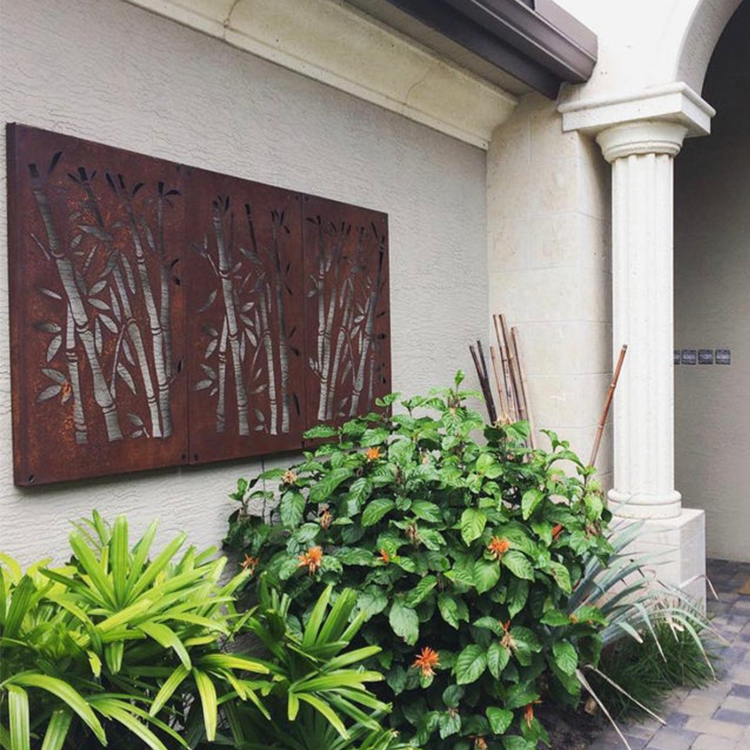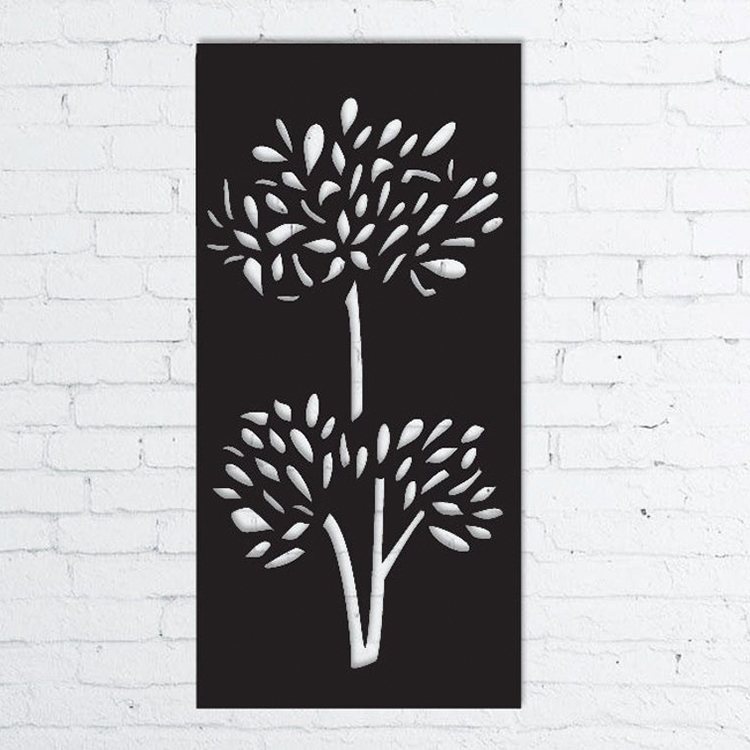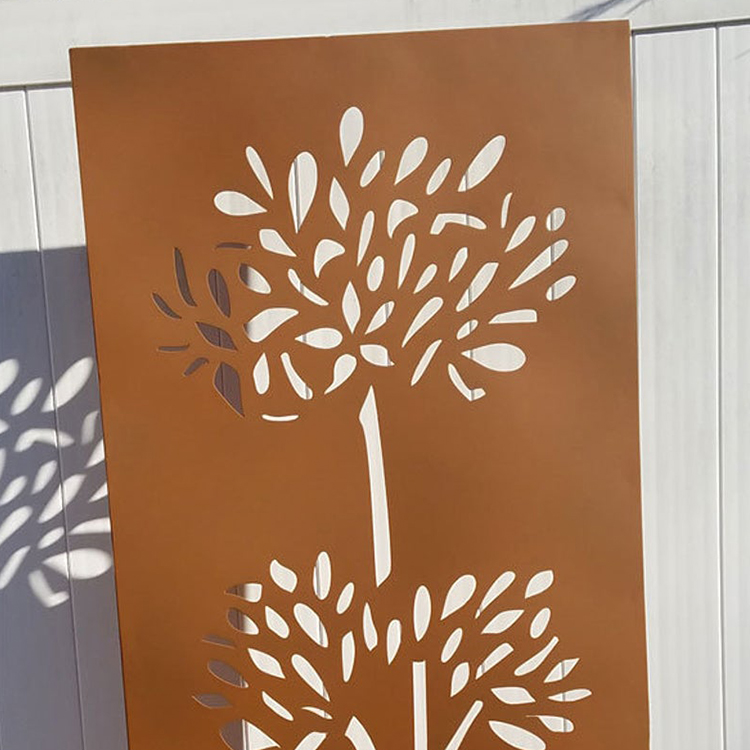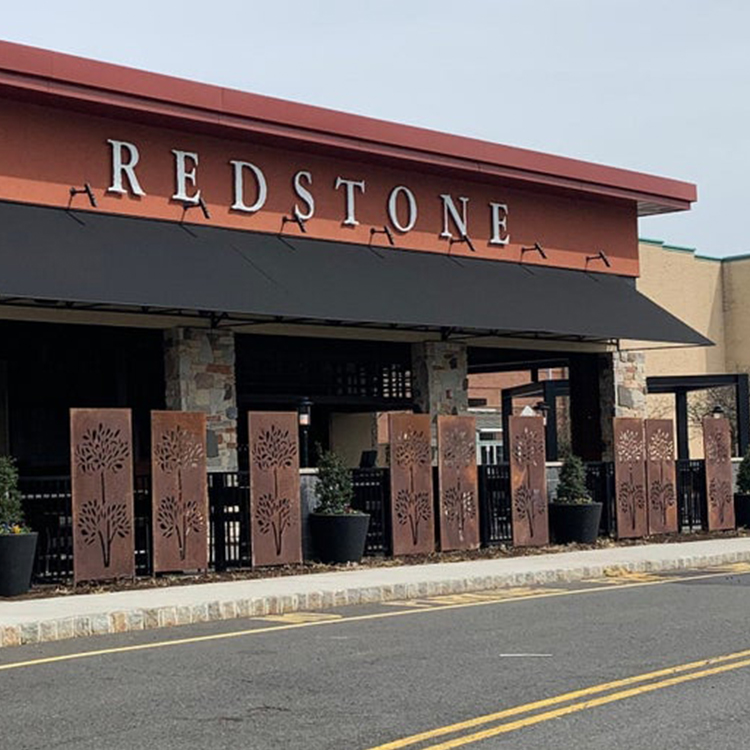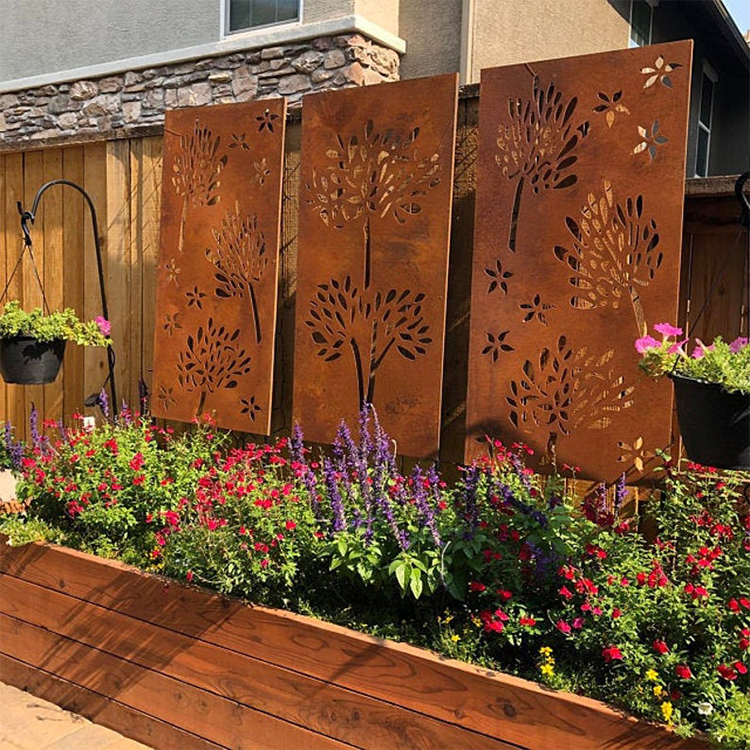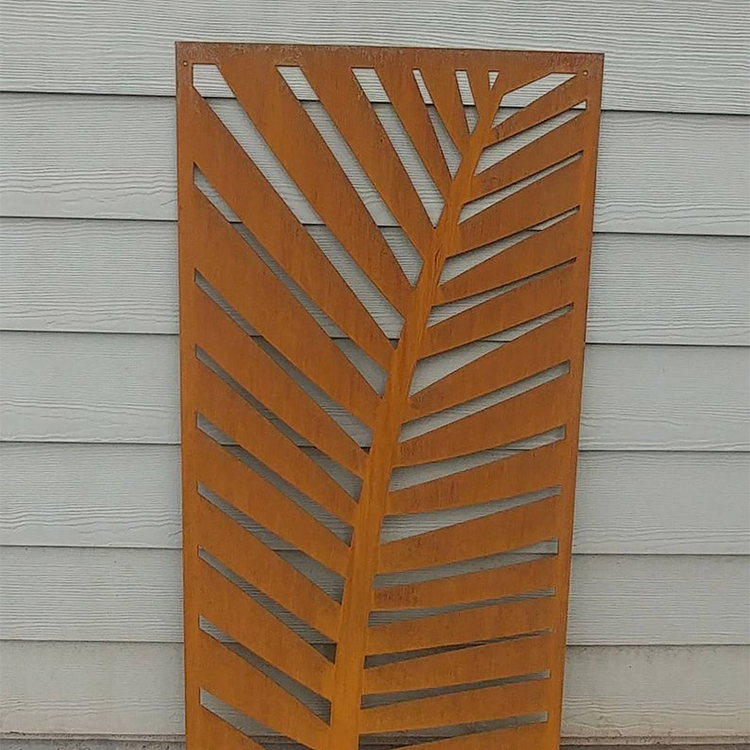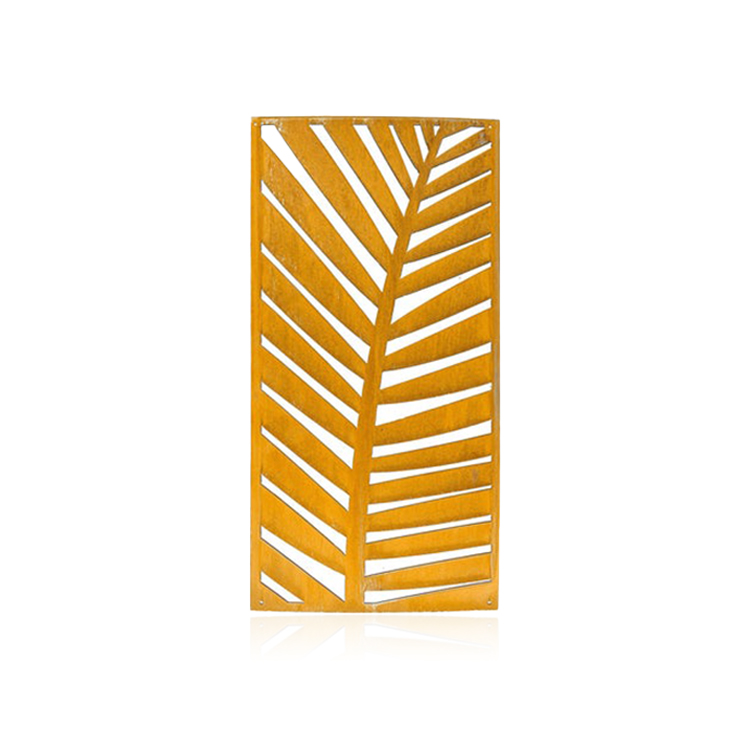
Customizable Tundish Lower Nozzles for Steelmaking
Customizable tundish lower nozzles are an important tool for steelmaking companies to optimize their production processes. By tailoring the nozzle design to specific casting conditions, manufacture...
DESCRIPTION
Customizable tundish lower nozzles are an important tool for steelmaking companies to optimize their production processes. By tailoring the nozzle design to specific casting conditions, manufacturers can improve efficiency, reduce scrap rates, and ultimately produce higher quality products.
One way to customize tundish lower nozzles is by adjusting the size and shape of the nozzle orifice. This can help control the flow of molten steel into the mold, ensuring a consistent and uniform flow. Manufacturers can also adjust the nozzle’s angle to optimize the flow pattern for a particular casting process. Additionally, the nozzle’s length can be customized to match the depth of the tundish and the casting parameters.
Another customization option for tundish lower nozzles is the material used for construction. Choosing the right material can improve durability, resistance to corrosion and erosion, and thermal shock resistance. Some materials commonly used for nozzle construction include zirconia, alumina, and silicon carbide.
Customizable tundish lower nozzles can also incorporate advanced technologies to further improve steelmaking efficiency. For example, sensors can be integrated into the nozzle to monitor the flow of molten steel and detect any disruptions or blockages. Computer-controlled flow rates can also be used to optimize the casting process and minimize turbulence in the molten steel.
| Items | Upper Nozzle | Lower Nozzle | Well Block | ||
| Zirconia core | Outside | Zirconia core | Outside | ||
| ZrO2+HfO2(%) | ≥95 | ≥95 | |||
| Al2O3(%) | ≥85 | ≥85 | ≥85 | ||
| MgO(%) | ≥10 | ||||
| C(%) | ≥3 | ≥3 | ≥12 | ||
| Buik Density g/cm³ | ≥5.2 | ≥2.6 | ≥5.1 | ≥2.6 | ≥2.6 |
| Apparent porosity % | ≤10 | ≤20 | ≤13 | ≤20 | ≤21 |
| Crushing strength Mpa | ≥100 | ≥45 | ≥100 | ≥45 | ≥45 |
| Thermal shock resistance | ≥5 | ≥5 | ≥5 | ≥5 | |
Related Products

